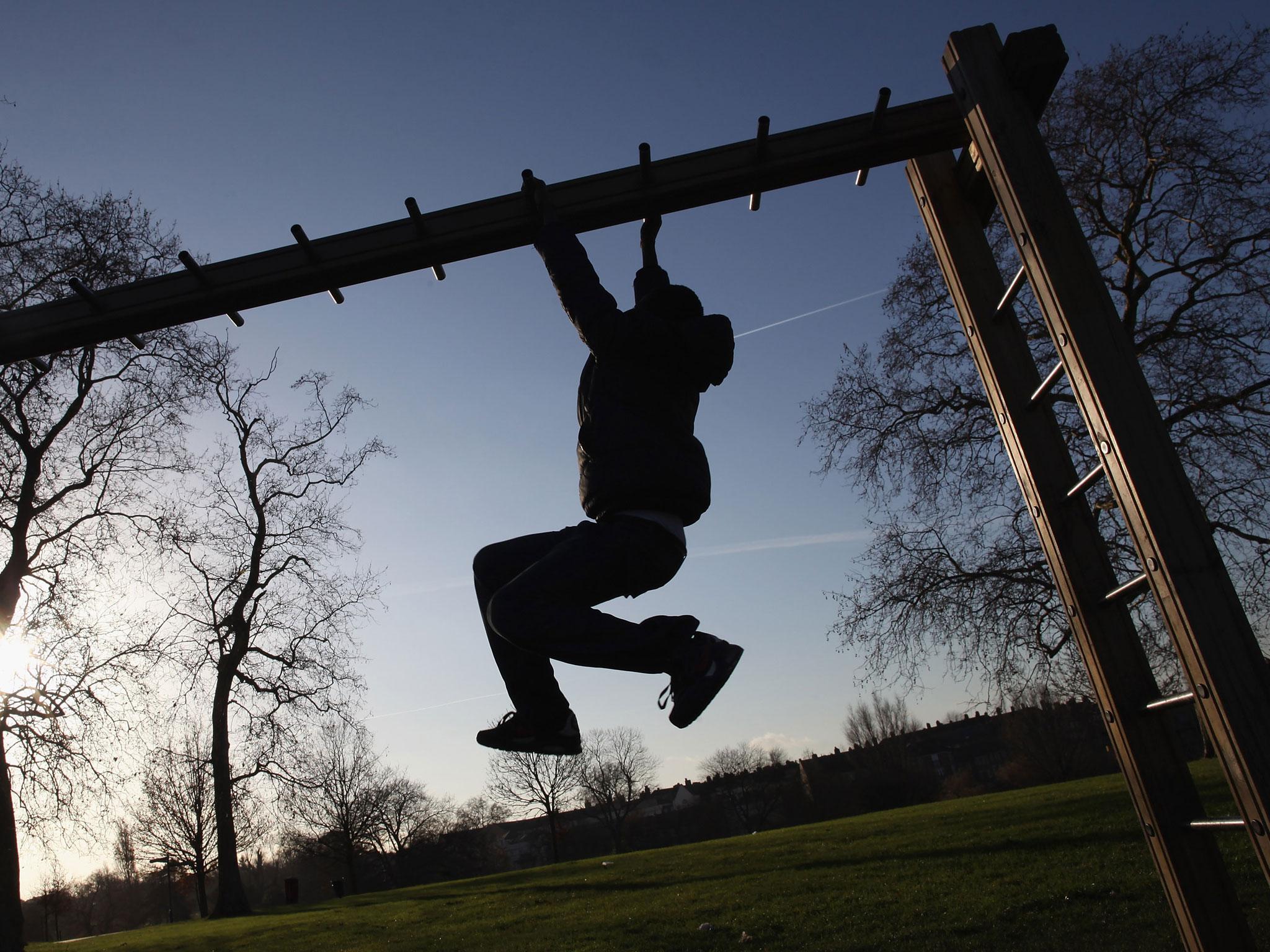The Independent's journalism is supported by our readers. When you purchase through links on our site, we may earn commission.
Tackling childhood obesity is about more than just diet and exercise
Because of the way the world has changed, with less time for running around outside and more time inside looking at screens, opportunities for children to move have shrunk dramatically from one generation to the next

A recent World Health Organisation report revealed that the number of obese children and adolescents – aged five to 19 years – worldwide has risen tenfold in the past four decades.
Worryingly, it also predicts that “obese” is likely to become the new norm. The report stated that: "If current trends continue, more children and adolescents will be obese than moderately or severely underweight by 2022."
The number of overweight or obese infants and young children increased from 32 million globally in 1990 to 41 million in 2016. The vast majority of overweight or obese children live in developing countries, where the rate of increase has been more than 30 per cent higher than that of developed countries.
And in the UK, recent research shows that 9 per cent of four and five-year-olds are now classed as obese – with the proportion rising to 20 per cent for 10 to 11-year-olds.
Efforts to reverse this growing trend have mainly focused on two aspects of a child’s life: diet and physical activity. The aim has been to try and regulate a child’s dietary habits by decreasing calorific intake. This is most commonly through the reduction in sugar, while at the same time boosting the amount of exercise children get.
But what is often ignored is a child’s ability to move effectively. It is one thing to say that a child should be more physically active, but quite another for a child to develop the competence and confidence required to engage in physical activity.
Most adults tend to think this is something that will happen naturally as part of child’s development – through play and sports participation. But because of the way the world has changed over recent decades – think less time for running around outside and more time inside looking at screens – opportunities for children to move are in decline.
In this way, a child’s “play radius” – the distance a child travels from their home to play – has shrunk by 90 per cent in a single generation.
A decrease in walking and an increase in transport by car, train or bus also limits children’s opportunities to play. Combine this with the lack of specialist physical education teachers in primary schools and the result is children’s movement development can no longer be left to chance.
Effective movement for children in the early stages of development, (roughly four to seven years of age) can be assessed by their ability to perform fundamental movement skills. This includes how they run, catch, throw and balance. These skills are often viewed as the building blocks for participation in sport and physical activity. And there is growing evidence that supports the positive relationship between “movement competence” and physical activity in early childhood – showing the importance of appropriate movement skills for children.
Evidence suggests that the “movement competence” of four to seven year-olds in the UK is average or below average in relation to their peers in most other countries, which, alongside childhood obesity levels, clearly indicates the UK’s poor standing in children’s health.
But one glimmer of hope comes from a new movement assessment app called Start to Move. The app is based on an assessment tool that enables primary school teachers – who are well placed to spot these skills – to measure, record and track the fundamental movement skills of children aged four to seven years old. And this data can then be used to help policymakers and practitioners alike recognise what support is needed to ensure all children have appropriate movement skills.
This is important because although findings from previous research studies are useful in providing a snapshot of children’s “movement competence” only a very small number of children have been measured. So a more widespread understanding of children’s movement is a positive next step – particularly as we stand, globally, on the brink of a situation where “obese” will be more common than “underweight”.
It is crucial then that every solution available is looked into to reverse this worrying trend, because it is clear that current methods are falling short in many places. But ultimately this is about more than just the figures and obesity rates, this is about making sure the next generation of adults are suitably prepared for a sustainable active lifestyle.
David Morley is a professor of youth sport and physical activity at Sheffield Hallam University
This article first appeared on The Conversation (theconversation.com)
Join our commenting forum
Join thought-provoking conversations, follow other Independent readers and see their replies
Comments